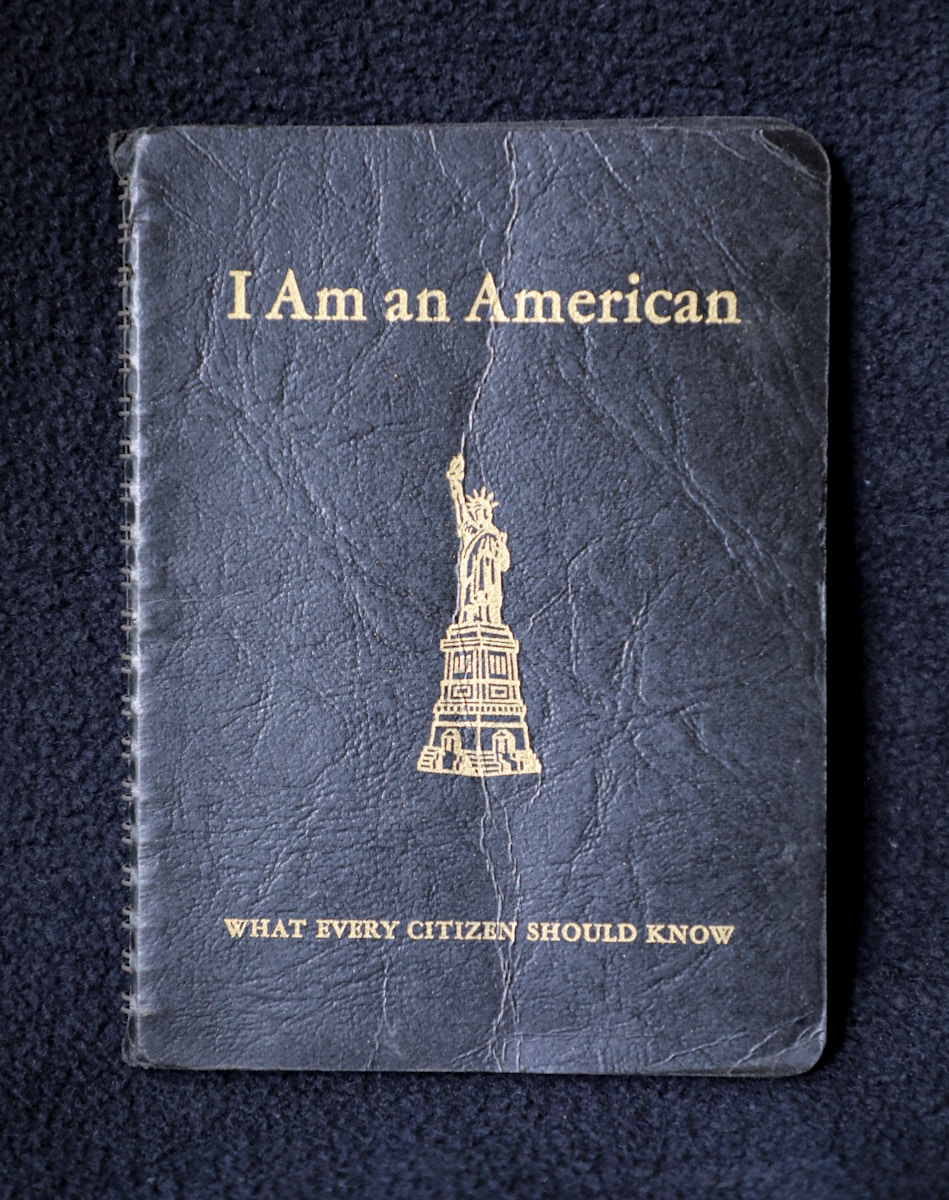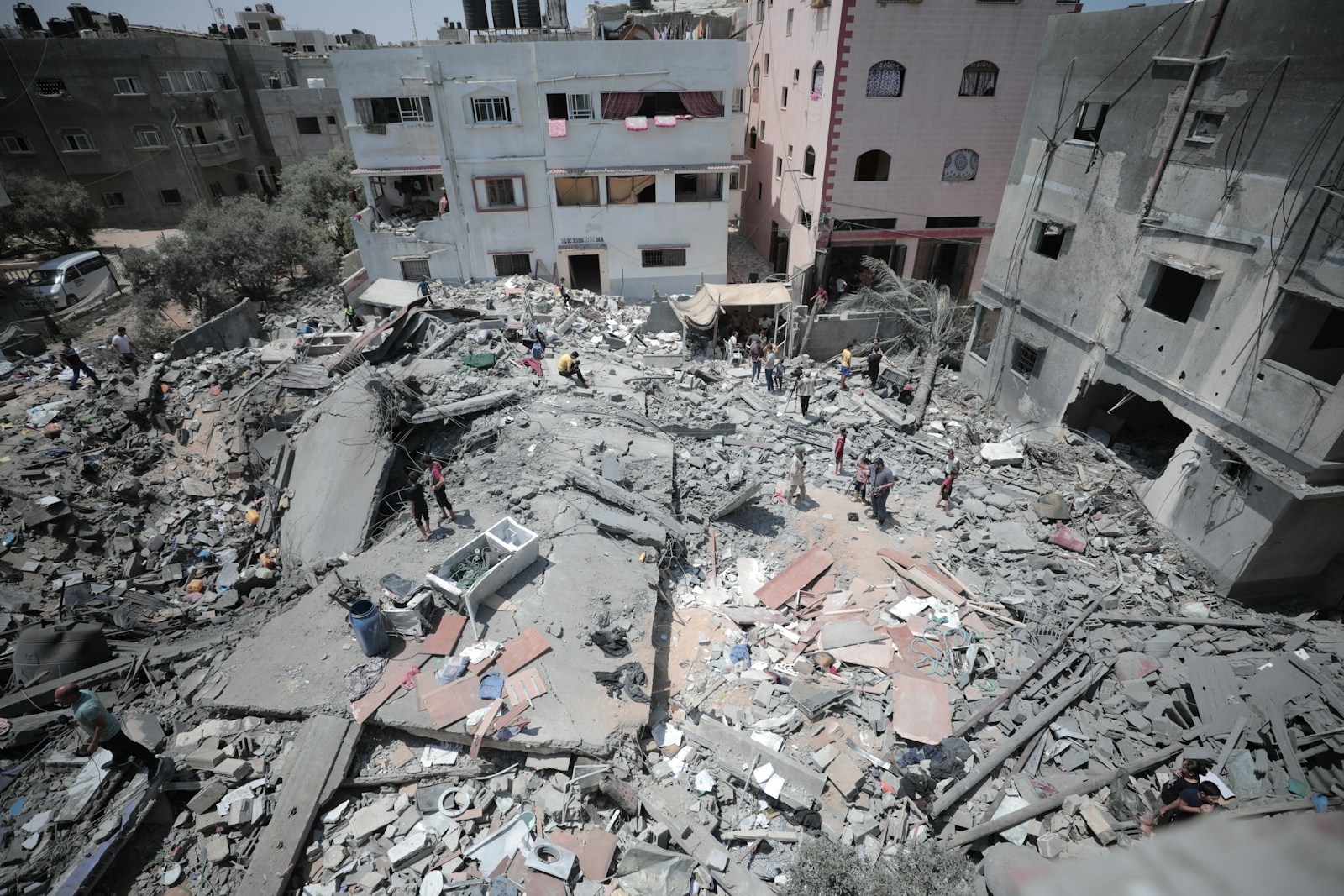The New York Times’ Controversial ‘Hamas Rape’ Article: An In-Depth Analysis

In 2023, The New York Times published a provocative article that has since been widely discredited. This piece, which alleged the use of sexual violence as a weapon by Hamas, has sparked fierce debates regarding media bias and ethics. This article examines the controversy surrounding the piece, the broader issue of media bias, and their implications.
Table of Contents
- Introduction
- The Controversial Article
- The Fallout
- The Bias in Media
- The Key Contributors
- Genocide in Gaza: An Eyewitness Account
- Reactions from the Film Industry
- The Human Rights Perspective
- The Role of Producers
- The Implications
- Conclusion
- References
Introduction
In the realm of global journalism, a single article can trigger a ripple effect that extends far beyond its initial publication. A case in point is a report published by The New York Times in December 2023, which sent shockwaves through the media landscape.
The Controversial Article
The Times article detailed a shocking claim: that Hamas, the Palestinian political organization, was mobilizing rape and sexual violence as a tool of war. However, the report has been widely discredited, leading to a maelstrom of controversy and revealing deep-seated issues within the media industry.
The Fallout
The fallout from the publication of the article was swift and widespread. Critics and readers alike questioned the veracity of the Times‘ report, with many citing a lack of credible sources and evidence.
The Bias in Media
This incident served to underscore a broader issue within Western media outlets: a perceived bias towards Israel and against Palestine. This bias, critics argue, taints the reporting on the Israeli-Palestinian conflict, leading to skewed perspectives and misinformation.
The Key Contributors
Several key figures played instrumental roles in shedding light on the controversy. These include Ali Abunimah, Director of Electronic Intifada, and Chris Hedges, a former Middle East Bureau Chief for The New York Times. Their insights and analyses have been crucial in unpacking the complexities of the situation.
Genocide in Gaza: An Eyewitness Account
Israeli soldiers in Gaza have been documenting their own war crimes against Palestinians and sharing them on social media. This harrowing firsthand evidence reveals the grim reality of the conflict, often overlooked by mainstream media.
Reactions from the Film Industry
The film industry also weighed in on the controversy. Filmmakers Yuval Abraham and Basel Adra, who won an award at the Berlinale film festival, provided a stark critique of Germany’s debate on Gaza in their acceptance speech.
The Human Rights Perspective
Human rights experts were also enlisted to examine the evidence. Among them were Basil Farraj, an Assistant Professor at Birzeit University, and Lisa Hajjar, a Professor of Sociology at UC Santa Barbara. Their analysis highlighted the severe human rights violations occurring in Gaza.
The Role of Producers
This in-depth analysis would not have been possible without the work of producers Tariq Nafi and Elettra Scrivo, who tirelessly gathered and reviewed hundreds of items related to the controversy.
The Implications
The Times‘ article and the ensuing controversy have far-reaching implications. They underscore the urgent need for responsible, accurate journalism, particularly in the context of reporting on international conflicts.




